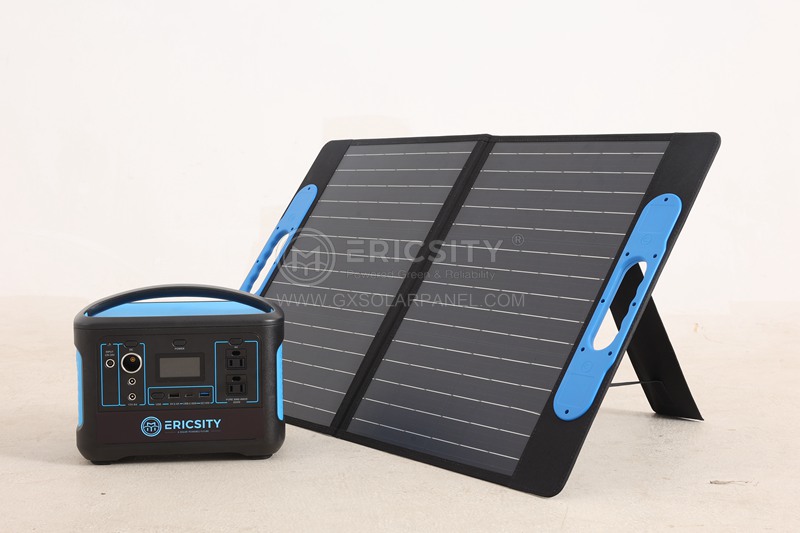HOT PRODUCT
Product Details
the Impact Of Amorphous Flexible Solar Panels On Pollution Reduction
Title: The Impact of Amorphous Flexible Solar Panels on Pollution Reduction
Introduction
Solar energy has emerged as a clean and sustainable alternative to conventional fossil fuel-based power generation. With the increasing focus on mitigating climate change and reducing pollution, the adoption of solar panels has gained significant momentum. In recent years, advancements in solar panel technology have led to the development of amorphous flexible solar panels, which possess unique characteristics that contribute to pollution reduction. This article explores the impact of amorphous flexible solar panels and their potential to revolutionize the renewable energy industry.
Understanding Amorphous Flexible Solar Panels



Amorphous flexible solar panels are thin film solar cells made using non-crystalline silicon, unlike traditional solar panels that utilize thick crystalline silicon wafer cells. This distinction allows amorphous panels to be lightweight, flexible, and suitable for various applications, including integration into curved surfaces or building materials. Furthermore, their low production cost and high energy efficiency make amorphous solar panels an attractive option for widespread deployment.
Reducing Pollution through Amorphous Flexible Solar Panels
1. Reduced Carbon Emissions: Traditional energy sources like coal and natural gas contribute significantly to greenhouse gas emissions. By utilizing amorphous flexible solar panels, we can generate electricity without burning fossil fuels, thereby reducing carbon dioxide and other harmful emissions.
2. Clean Energy Production: Amorphous flexible solar panels harness energy directly from the sun, a renewable and abundant source of power. This clean energy production reduces the dependency on non-renewable resources, mitigates air pollution, and helps in achieving sustainable development goals.
3. Minimal Resource Extraction: The manufacturing process of amorphous flexible solar panels requires considerably less silicon compared to traditional solar panels. Consequently, this reduces the need for substantial resource extraction, lowering the mining-related environmental impact, and preserving ecosystems.
4. Extended Lifespan: The flexible nature of amorphous solar panels allows for seamless integration into various surfaces. This integration helps protect the panels from harsh environmental conditions, extending their lifespan and reducing the need for frequent replacements. Furthermore, their durability minimizes electronic waste, contributing to a more sustainable approach.
5. Distributed Generation: Amorphous flexible solar panels can be used to establish a distributed generation system, where power generation is decentralized and brought closer to the end users. This approach reduces transmission losses, resulting in increased overall energy efficiency and reduced pollution associated with long-distance power transmission.
Overcoming Challenges and Future Perspectives
Despite their numerous environmental advantages, amorphous flexible solar panels face certain challenges that need to be addressed for wider adoption. Their lower efficiency compared to crystalline silicon-based solar panels requires larger installation areas. Additionally, advancements in the recycling and disposal processes of amorphous panels are essential to minimize potential environmental risks.

However, ongoing research and technological advancements hold promising prospects to address these challenges. Researchers are exploring innovative materials, refining manufacturing processes, and improving energy conversion efficiency to ensure the widespread adoption of amorphous flexible solar panels.
Conclusion
The impact of amorphous flexible solar panels on pollution reduction presents a compelling case for their widespread integration within the renewable energy sector. Their unique features, such as flexibility, lightweight design, and scalability, provide opportunities for a wide range of applications, including building-integrated photovoltaics, portable devices, and flexible electronics. By harnessing clean energy from the sun, amorphous flexible solar panels can significantly contribute to reducing pollution, combating climate change, and fostering a sustainable future.




